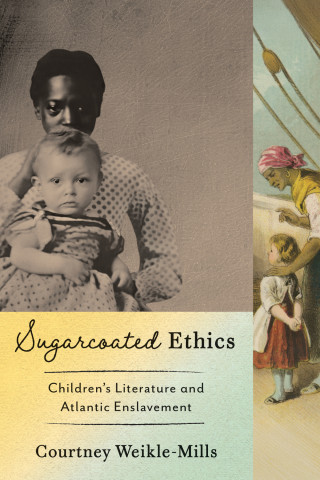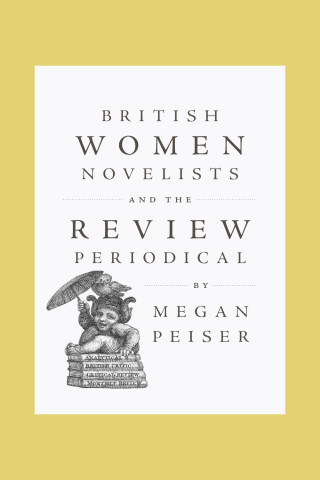
Reviews
Paulson shows that Cervantes set the dominant model of comic writing in the period, and he explores the different ways in which writers lay claim to his work. In the early eighteenth century, the Knight of La Mancha often represents the madness of self-belief... An elegant chapter in the history of aesthetics or criticism.



